Nestled among the bold characters of headlines about freshly signed U.S. trade deals are equally bold numbers: $550 billion, $250 billion, $100 billion. These are some of the eye-watering figures that countries have promised to invest in or buy from the United States’ energy sector — primarily its fossil fuel industry — as part of the agreements.
Whether such large amounts of money will actually be pumped into the U.S. economy is yet to be seen, but in the meantime, U.S. President Donald Trump is living up to his promise to “drill, baby, drill” by aggressively promoting America’s energy resources, especially natural gas.
Increasing the United States’ oil and gas production means it can rely on these as cheap energy sources domestically while also selling them abroad to reduce its trade deficit with other countries — so the MAGA argument goes.
Major environmental concerns about boosting this industry aside — particularly given the country’s status as the top emitter of methane from oil and gas production — the economic case is also far from clear.
Increased American gas exports, most of which are traded abroad via ship as liquefied natural gas (LNG), could push up domestic energy prices at a time when households are already feeling the pain of high living costs.
Plus, as the world gears up for an unprecedented increase in LNG export capacity, many believe that global supply will outstrip demand, which is falling in major markets such as Japan and Europe and may not grow as much as the industry hopes in emerging economies such as China and India.
With its LNG export capacity set to triple, accounting for one-third of the global total by 2030, the U.S. needs buyers. This is where Trump’s leverage tactics come in handy as Washington pushes America’s trading partners — including Japan — to buy more U.S. gas in exchange for more lenient tariffs.
In February, Trump said Japan would start importing “record numbers” of American LNG. While the president’s hyperboles should be taken with a comparably large grain of salt, Japanese companies have indeed been buying more of the fuel this year, on top of already sizable contracts and investments. Japanese banks are the top three financiers of LNG export projects in the U.S.
Jera, Japan’s largest power generator and one of the biggest LNG importers globally, has increased the U.S. share of its gas mix from 10% to nearly 30%. On July 22, as the ink on the U.S.-Japan trade deal was still drying, Trump said Japan had agreed to form a joint venture to develop an LNG project in Alaska, without specifying which project. The details of any potential venture remain unclear.
But the reality for those living at the heart of the American LNG buildout, in the coastal communities of Texas and Louisiana that look out on to the Gulf of Mexico, is one of diminishing returns.
Having already suffered the brunt of decades of oil, gas and petrochemical development — including a boom in LNG export facilities in the wake of the 2016 U.S. shale gas revolution that transformed the country from a net gas importer into the world’s No. 1 exporter — their health, livelihoods and environment are at stake as more facilities are due to come online.
“Paying for, financing, funding and insuring these projects is ensuring my children’s deaths,” says Roishetta Ozane, founder of the Vessel Project of Louisiana, a disaster relief and environmental justice organization, and co-director of the Gulf South Fossil Finance Hub, who lives in Sulphur, Louisiana. Ozane’s six children suffer from ailments including skin, respiratory and neurological disorders.
Near where her family lives, CP2 LNG, a planned LNG export facility, reached a final investment decision — a key milestone for large energy projects — last month, thanks in part to a political and regulatory environment that is proving to be as accommodating to fossil fuel development as it is hostile to climate policies and renewable energy.
Redrawing the energy map
The U.S. government is doing everything in its power to move gas projects ahead, with Trump kicking off a wave of environmental deregulation and oil and gas permitting.
On his first day back in office, the president signed an executive order called Unleashing American Energy, undoing predecessor Joe Biden’s investments in clean energy and electric vehicles and boosting production of oil and gas — the “liquid gold under our feet,” as Trump called it in his inaugural address.
Soon after, Washington established the National Energy Dominance Council, headed by Interior Secretary Doug Burgum and Energy Secretary Chris Wright, a fracking millionaire. The One Big Beautiful Bill Act, the gargantuan Republican spending legislation adopted in July, incentivizes oil and gas leasing, including by lowering federal royalties rates, and repeals a fee on methane emissions.
Trump also lifted a moratorium on permits for new LNG export facilities that was adopted by Biden in January 2024. Among such facilities, CP2 LNG, located in the Calcasieu Ship Channel in Cameron Parish, Louisiana, has received federal approval; if constructed, it would put the company that owns the project, Venture Global, in the lead as the United States’ biggest LNG exporter.
LNG has also become a major bargaining chip in Trump’s trade wars.
While this isn’t the first U.S. administration to use the fuel as a geopolitical tool, “Trump has taken a sticks, not a carrot approach” like others before him, says Sam Reynolds, a research lead at the U.S.-based Institute for Energy Economics and Financial Analysis (IEEFA). This push “has been largely successful” as Asian, European and Middle Eastern buyers sign on to purchase more American gas.
“The administration is trying to redraw the map of energy dependence,” says Reynolds, though the growing competitiveness of renewable energy globally “will challenge what the U.S. can feasibly achieve by doubling down on fossil fuels.”
Footing the bill
On an early morning in mid-July, Ray Mallet is on his boat in the Calcasieu Ship Channel, where CP2 LNG is being built, on the coast of the Gulf of Mexico — waters he knows well, having worked there as a commercial fisher all his life.
But on this day, Mallet isn’t casting his nets and lines as usual. Together with other fishers, as well as scientists and local environmentalists, he’s deploying hydrophones in the water to test whether noise pollution from the Calcasieu Pass LNG export terminal, which sits where the channel meets the gulf, is causing a severe decline in seafood catch rates.
The hydrophones are being used to scientifically verify what local fisherfolk already “know and see,” says Alyssa Portaro, founder of the Habitat Recovery Project, a Louisiana-based conservation nonprofit that is running the data collection project: Since Calcasieu Pass LNG started production in 2022, catches of shrimp, crabs and fish have decreased dramatically year after year.
“I’ve had to go fish elsewhere to try to support my family,” Mallet says.
Anthony Theriot, known as “Tad,” who lives a little over 1.5 kilometers from Calcasieu Pass LNG, has also been fishing here his whole life. Shrimpers and fishers used to make a good living, he says, but income has declined sharply since the plant started.
“This was the No. 1 seafood capital of the U.S. and now it’s the world capital of LNG exports,” says Portaro.
What is happening in Cameron Parish mirrors conditions across the Gulf Coast. Existing socioeconomic disparities are being exacerbated as American LNG facilities “tend to be sited in areas that are disproportionately home to communities of color and low-income communities,” according to a U.S. Department of Energy (DOE) study on the impacts of U.S. LNG exports that was mandated by the Biden-era moratorium.
But the consequences may be felt further afield: The U.S. Energy Information Administration expects domestic gas prices to more than double through 2026 compared with last year and the DOE study finds that increasing LNG exports will lead to higher electric bills. Rising prices are also a concern for the industry as the cost of building LNG plants has soared, compounded by 50% U.S. tariffs on imported steel and aluminium.
Among those caught in the fallout is a major Japanese engineering, procurement and construction contractor, Chiyoda Corp., which in July stated that it will stop pursuing large-scale LNG projects overseas due to losses incurred from some U.S. facilities.
Ultimately, international buyers will foot at least part of the bill.
“U.S. LNG prices abroad are based on that domestic gas price as well as the capital expenditure of the facilities and both of those are rising,” says IEEFA’s Reynolds. In signing up for more American gas, Japan is “essentially committing over the long term to pay more for LNG.”
Unleashing a carbon bomb?
The world’s top LNG players, including Japan, are predicting high prices and high demand for the fuel, especially in Asia, over the next couple of decades. Yet many others foresee a glut in the market, with expected amounts of additional LNG supply above the level of demand in developing parts of Asia, according to Anne-Sophie Corbeau, global research scholar at Columbia University’s Center on Global Energy Policy.
“There is a reasonable question about where all this LNG is going to go,” Corbeau says.
Reynolds points, for example, to the industry’s overly optimistic predictions about China. While it is the world’s largest buyer of LNG, having surpassed Japan in 2021, its imports haven’t grown significantly since then, in part due to a record-breaking adoption of renewable energy.
In Japan, gas demand is declining year after year, though according to the economy ministry, predicting future trends is difficult given the advent of new industries and technologies.
This means preparing for several scenarios, including one in which electricity demand increases due to the growth of artificial intelligence, among other factors, but energy sources such as renewables are deployed slowly. The government envisions a significant reduction of thermal power — including coal and gas — in Japan’s energy mix, but continues to set high targets for how much LNG its companies should contract.
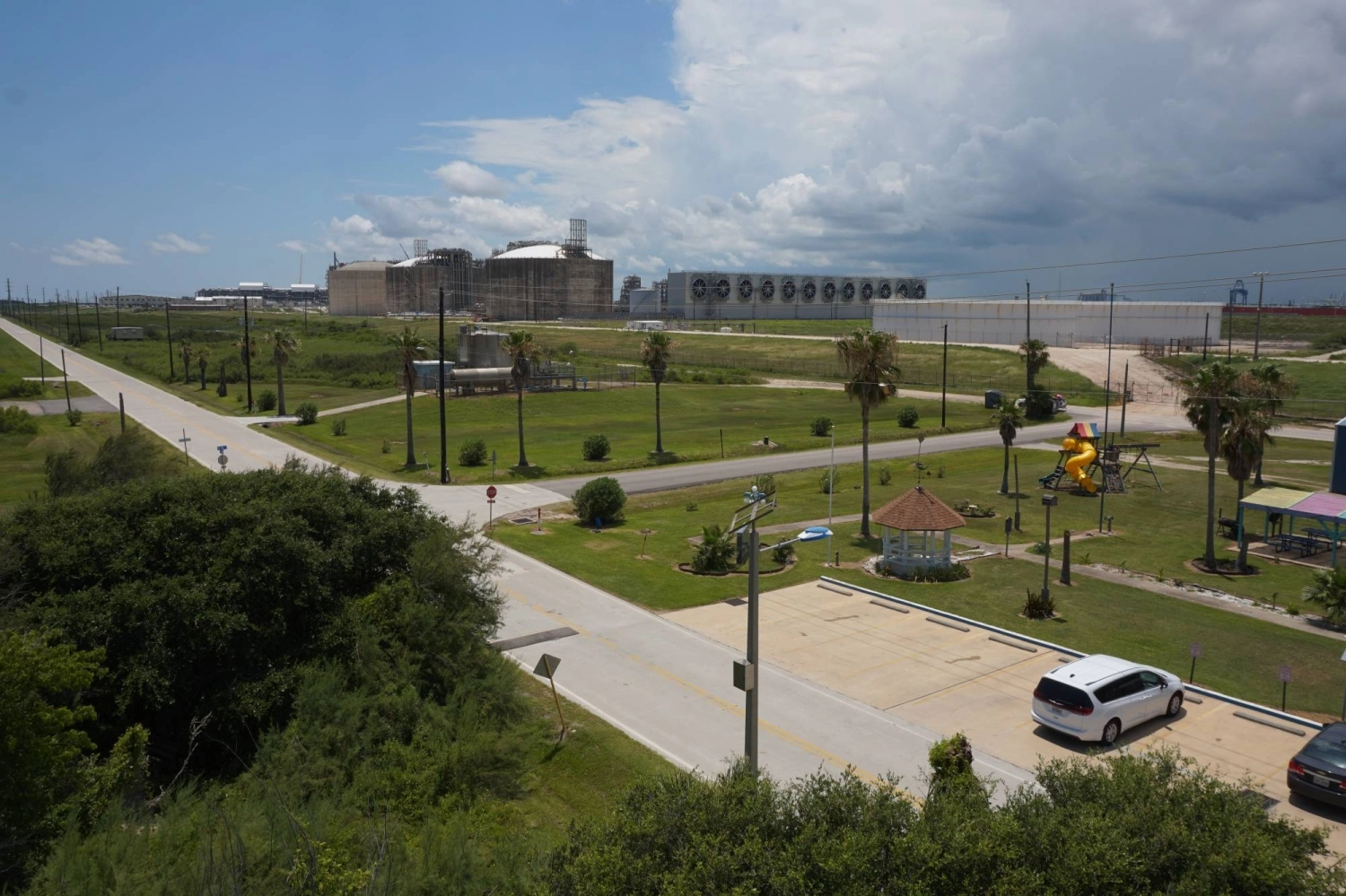
What LNG isn’t needed domestically is increasingly being resold to countries in South and Southeast Asia.
The question of Asia’s gas needs also hangs over what Trump hopes will become the crown jewel of American energy dominance: Alaska LNG.
The project entails building a 1,300-kilometer north-south pipeline to transport gas across the largest U.S. state. From the south coast, LNG would be shipped to Asia via a much shorter route than that from the Gulf Coast — for example, gas would reach Japan in around 10 days rather than the typical 30 to 40 days.
Despite being under discussion for decades, Alaska LNG has never been developed due to the huge cost of building and operating a pipeline in the state’s harsh geographic and climatic conditions. In 2016, energy consultancy Wood Mackenzie called it “one of the least competitive” LNG projects in the world.
Estimated to cost $44 billion — proportionally double the price of LNG export projects in the Gulf Coast — additional expenses, such as those incurred from the new tariff regime, haven’t even been factored in yet, Reynolds points out.
Alaska LNG has signed a nonbinding agreement with a Thai buyer and received interest from Indian, Taiwanese and South Korean players as well as Japanese companies such as Jera, Tokyo Gas and Mitsui. In contrast, the president of Japan Petroleum Exploration told Reuters in February that Alaska LNG “is not a realistic investment proposition due to its unclear economics and large scale.”
“If it has not taken a final investment decision, there is a very simple reason for that — economics,” Corbeau says.
Climate concerns also loom large when it comes to Alaska LNG — labeled a “carbon bomb” by environmental groups — and other such developments.
As global demand for oil collapses, gas is the fossil fuel industry’s last frontier. To some, this is good news, as gas emits less carbon dioxide than coal and oil when burned and can keep the lights on as societies transition to less carbon-intensive energy systems.
Others are concerned that investments in gas compete with those in renewables — a fact also highlighted by the DOE study — while experts note that lower carbon dioxide emissions does not mean it is a clean alternative, particularly because of the significant amount of methane emitted along the value chain.
“It’s like you’re trying to eat a healthier diet and instead of eating cookies, you’re going to eat candy,” says Allie Rosenbluth, U.S. campaign manager at U.S.-based nonprofit Oil Change International. Why not “try an apple”?
Some Gulf Coast communities are taking matters into their own hands. Melanie Oldham, founder and director of environmental justice organization Better Brazoria, lives a few kilometers from the Freeport LNG export facility in Freeport, Texas. Her community has started recording methane emissions from the plant using an optical gas imaging camera so that “people can see that we’re telling the truth” about LNG pollution, Oldham says.
While climate skeptics such as Wright — Trump’s energy secretary, who has described concerns about climate change as a “mania” — are too vocal a contingent in the U.S. government, Oldham urges “decision-makers in Europe and Asia (to) take a look at the whole picture.”
“People know that these projects are not a done deal,” says Rosenbluth. “They need local and state permits. They need financiers, they need actual buyers, and many of these projects do not have all of those things.”



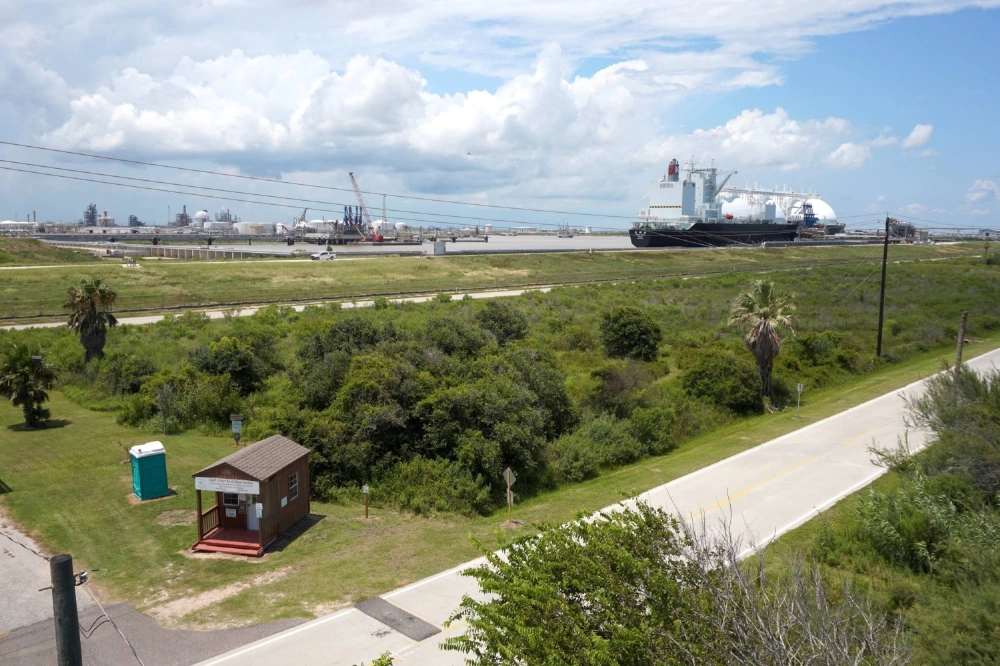

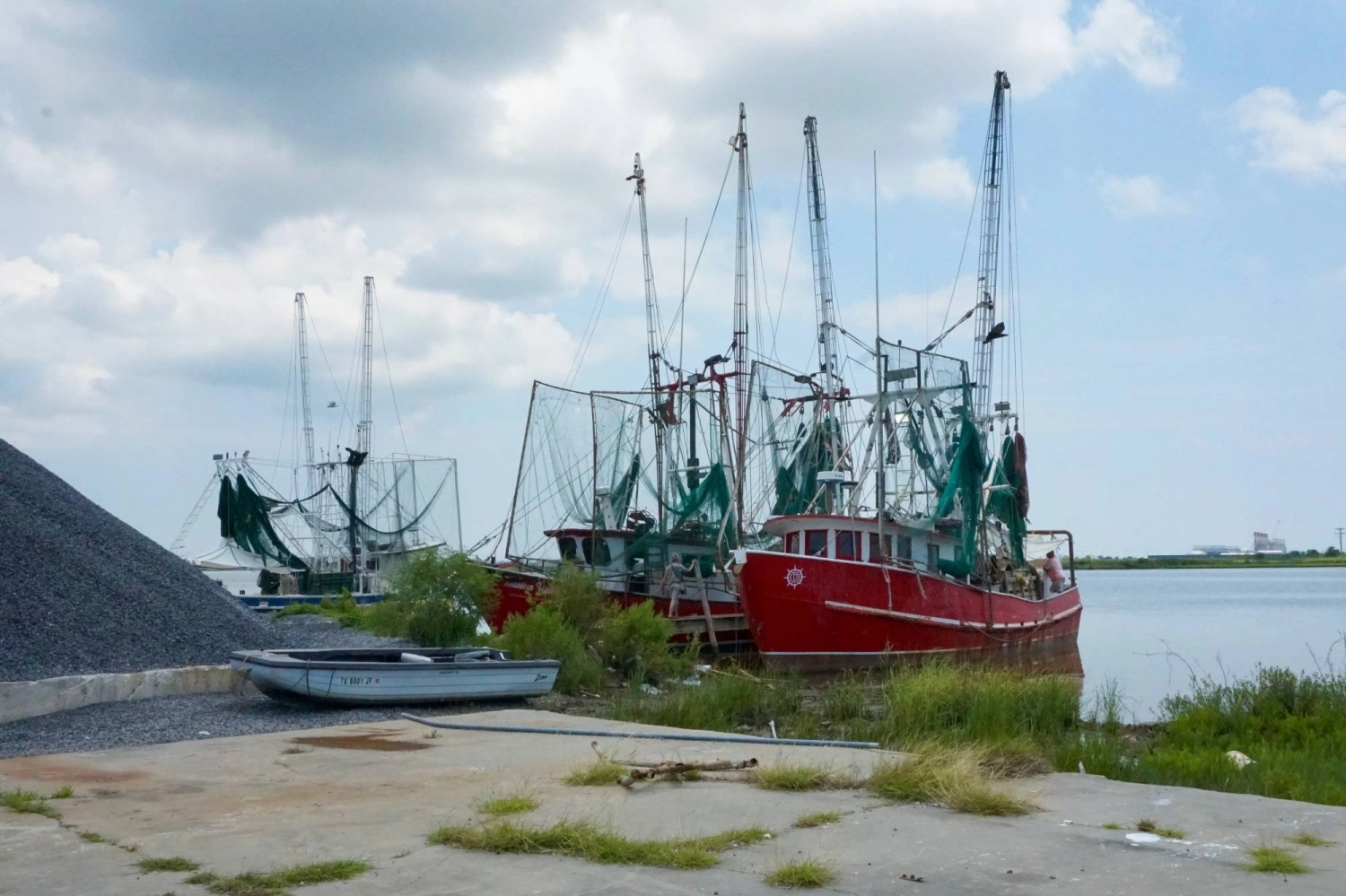
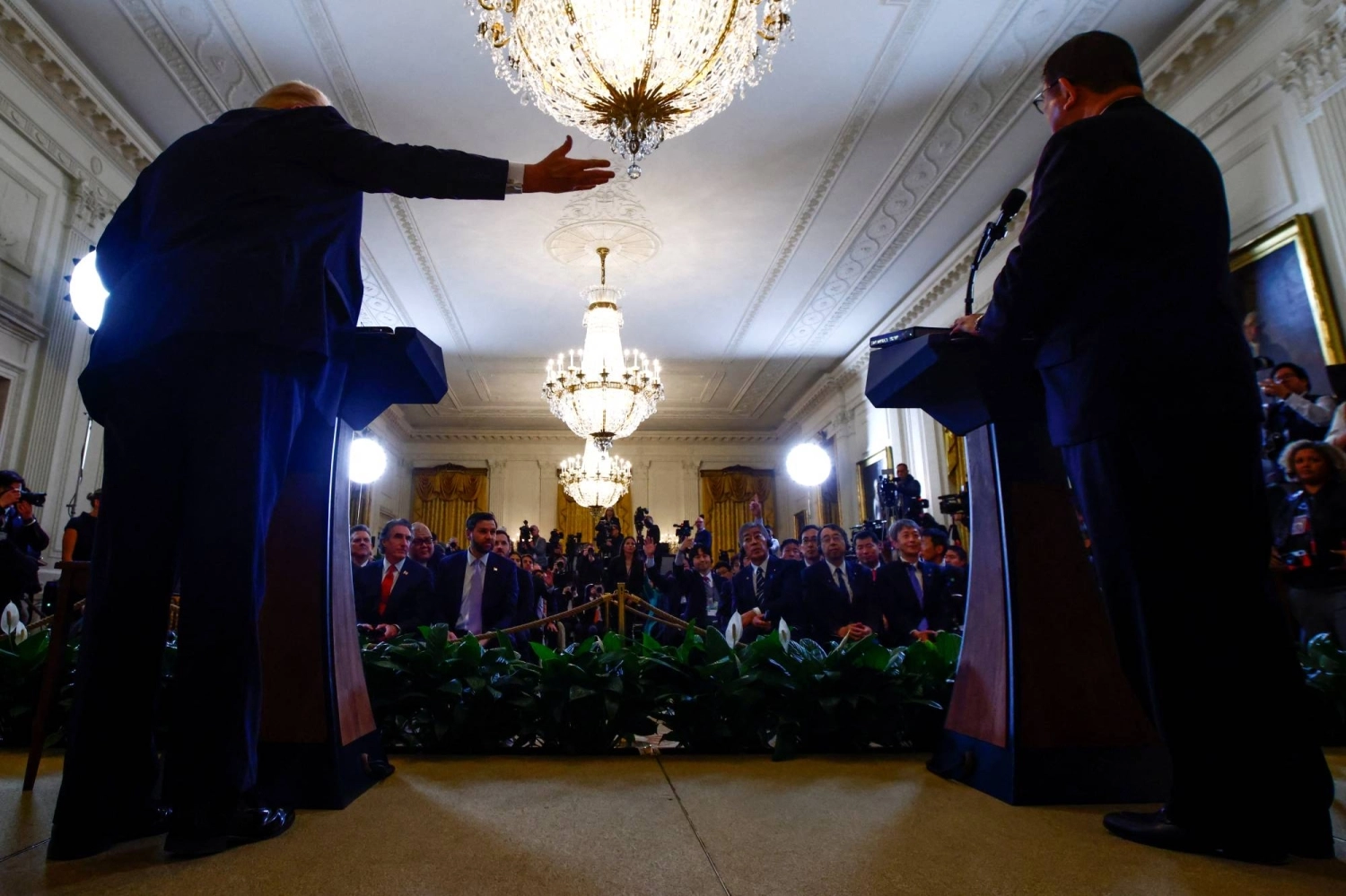
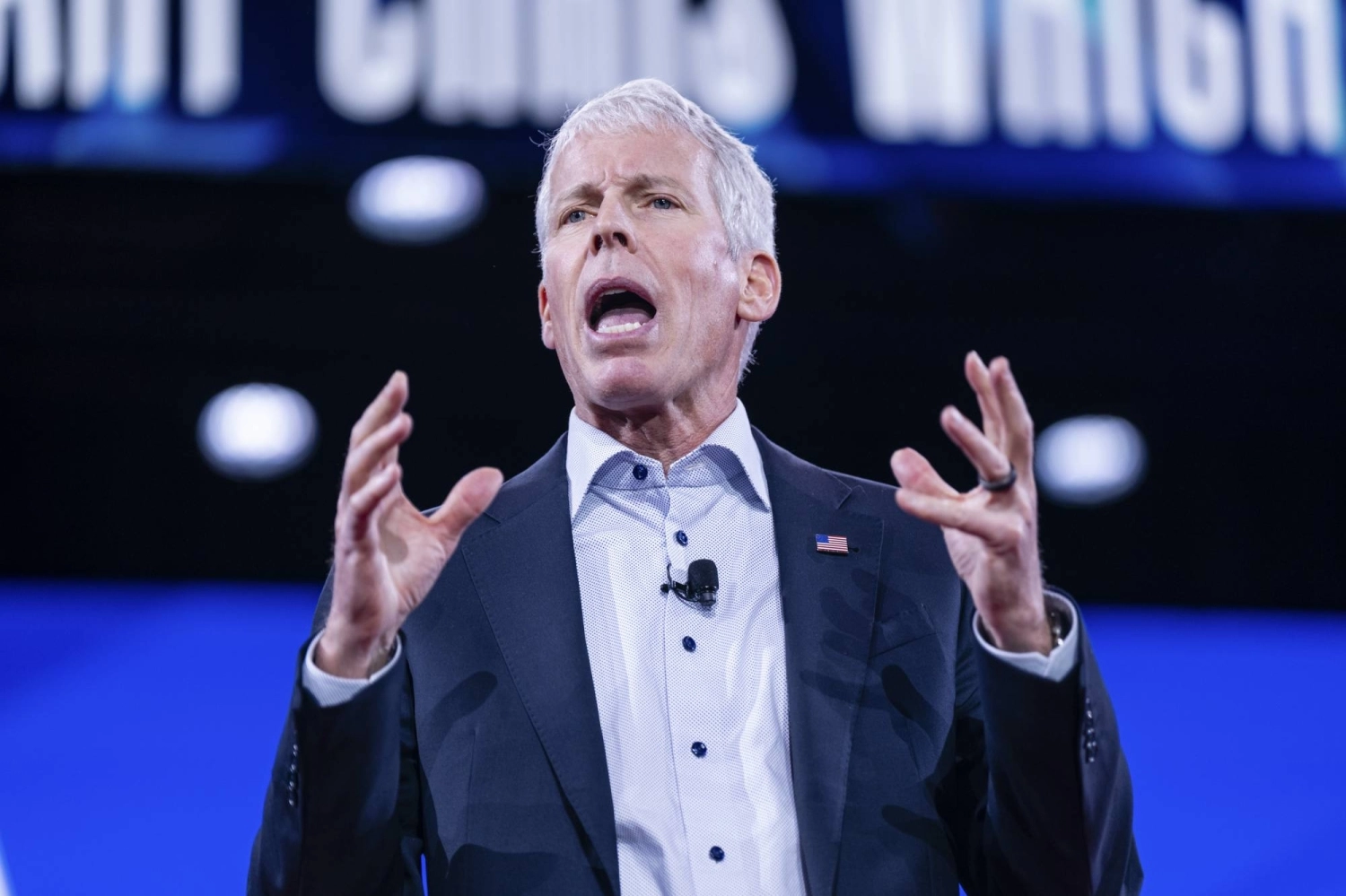


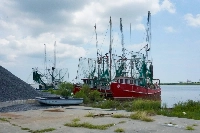
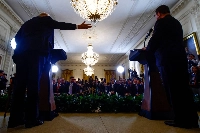
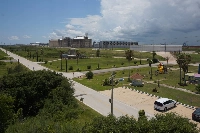
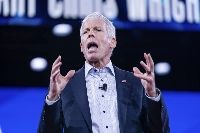















With your current subscription plan you can comment on stories. However, before writing your first comment, please create a display name in the Profile section of your subscriber account page.